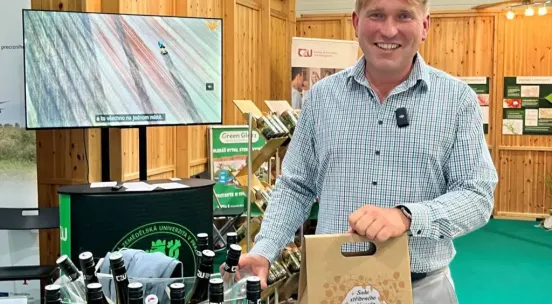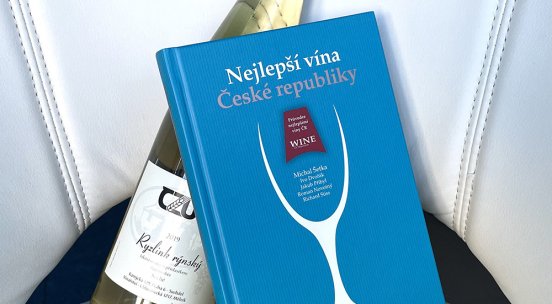CZU Winery
Aktuality

Tramín kořenný ročník 2023 z Vinařství ČZU se probojoval do Salonu vín
Vítězné tažení produktů univerzitního vinohradu v Chloumku u Mělníka pokračuje. Ředitel Vinařství ČZU převzal zlatou medaili Národní soutěže vín České republiky za Tramín kořenný, české zemské víno 2023.

„Sleduji konkurenci a snažím se dělat svoji práci co nejlépe,“ prozrazuje jednoduchý recept vinař z Chloumku u Mělníka
Starobylá odrůda Neuburská vždy patřila k tomu lepšímu, co vinařství produkuje. Právě takovou viniční trať už léta spravuje enolog Štěpán Weitosch, absolvent České zemědělské univerzity.

Vinařství ČZU získalo ocenění za nejlepší kolekci v Národní soutěži vín oblast Čechy
Hodnocením vín vinařské oblasti Čechy tradičně odstartovala Národní soutěž vín. Sklepmistr Štěpán Weitosch s oceněním v kategorii Nejlepší kolekce navázal na velkou zlatou medaili za Ryzlink rýnský 2019 PS v soutěži Král vín.?

Vinařství ČZU sklízí další úspěchy. Dočteme se o něm v knize o nejlepších vínech republiky
Na vinici v Chloumku u Mělníka se rodí vína prvotřídní kvality, schopná obstát i v té nejsilnější konkurenci. Zdejší vína sbírají jednu medaili za druhou, a tak se dvě z nich právem octila v knize „Nejlepší vína České republiky – Průvodce 2022-2023“.
We use cookies on the web presentations of the Czech University of Life Sciences Prague (under the czu.cz domain). These files give us ways to serve our services better and help us analyze site performance. We can share information about how you use our sites with our social media, advertising, and analytics partners. In the settings, you can choose which cookies we can use. You can change or revoke your consent at any time.
